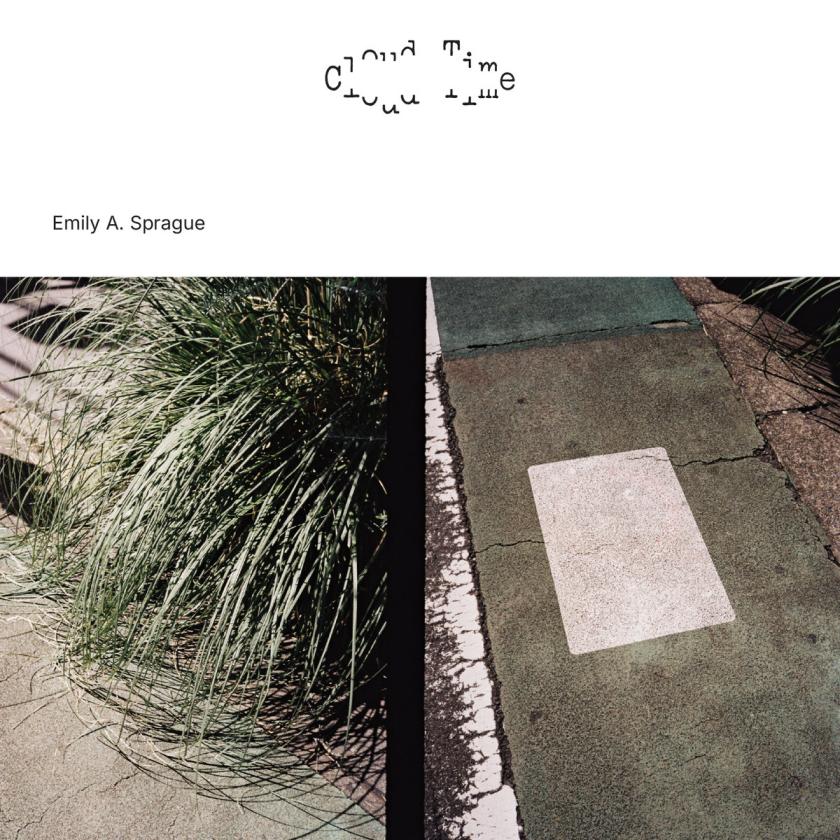The history of experimental musicians from Europe and North America adopting Japanese aesthetics is … patchy. It got especially dodgy in the 1990s when every other electronica dork started flinging random kanji characters on their sleeves, writing soundtracks for imaginary Akira bike races and the like. And there are so, so many ambient producers who reference Zen gardens, minimalist interior design and bamboo flutes, you can’t go into a health spa without knocking over a pile of their CDs.
Thankfully Catskills Mountains-raised, LA resident soundscaper Emily A. Sprague is a little bit more substantial than this. Well, perhaps “substantial” isn’t the word for her distinctly mist-like structures, but her engagement with Japanese sounds, aesthetics and other inspirations here clearly goes a lot deeper than just a set of easy signifiers. Mind you, one shouldn’t expect any less from Brooklyn’s RVNG Intl. label. Among various other strands of exploratory culture, the label has been key in showcasing Japan’s unique “environmental music” – a super sparse and meditative form of ambient – and facilitating collaborations between Japanese and US musicians.
This LP is a kind of travelogue. Sprague was long influenced by environmental music, but only finally got to visit Japan after RVNG released a compilation of highlighs her many self-released albums of the 2010s. These are recordings of her performances there, all entirely improvised, and feature the gentle chime / electric piano melodies of environmental music emerging from billowing clouds of abstract sound – the latter not a million miles from the late Ryuichi Sakamoto’s epochally great 2007 Cendre collaboration with Austrian producer Fennesz.
It’s hard to distinguish character in the blur at first, but by the second listen you’ll find familiar motifs emerging, and there’s always more to discover. That said, you can equally find it drifting away from you, too. Texture and timbre are everything, what structure there is works more like very slowly shifting light than conventional music, and yes, it’s easy to imagine the moss and rocks of Japanese gardens in this. It’s very hard to rate conventionally: could you assign a score to a misty day, for example? You have to be in the mood for this, but if you are, it can be very beautiful indeed.
Listen to "Hokkaido:















Add comment